This story is part of our September 2020 cover story, giving readers a look back at what it was like to travel around China 30 years ago.
Sanya, January 1993
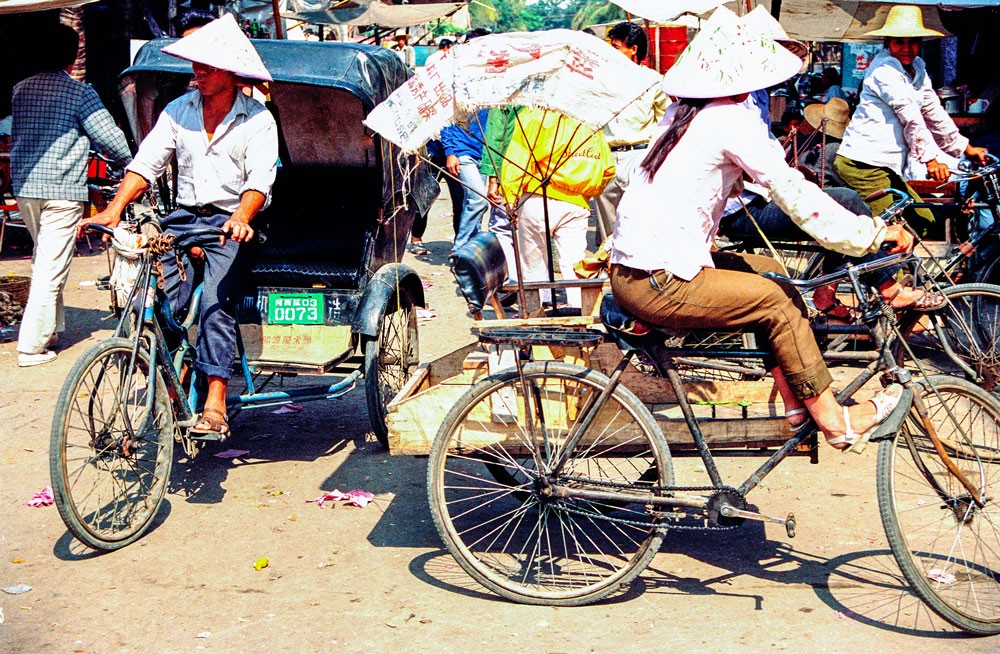 During holidays like Chinese New Year, Sanya, on the southern tip of Hainan island, would be buzzing with tourists from across China. In 1993, during the only long holiday, people would go back to their hometowns to spend Chinese New Year with their extended families. Tourism was in its infancy and Sanya had a relatively small hotel scene in Dadonghai. The town grew around a sheltered natural harbor, which became a major base for fishing.
During holidays like Chinese New Year, Sanya, on the southern tip of Hainan island, would be buzzing with tourists from across China. In 1993, during the only long holiday, people would go back to their hometowns to spend Chinese New Year with their extended families. Tourism was in its infancy and Sanya had a relatively small hotel scene in Dadonghai. The town grew around a sheltered natural harbor, which became a major base for fishing.
This scene shows bicycle carts and pedicabs waiting outside a vast local market. Some of the cyclists are seen wearing circular bamboo hats – a similar style seen along coastal Guangxi and neighboring Vietnam. The scene, to me, appeared so different even to Guangzhou. It felt like ‘real travel’ with none of the luxurious trappings of tourism today.
Yangshuo, August 1993
 After China started opening up in the late ’70s and early ’80s, Western backpackers and travelers were attracted to some of the country’s beautiful, off-the-beaten-track locations in Yunnan and Guangxi.
After China started opening up in the late ’70s and early ’80s, Western backpackers and travelers were attracted to some of the country’s beautiful, off-the-beaten-track locations in Yunnan and Guangxi.
Yangshuo, alongside the fabled Li River and surrounded by many limestone pinnacles, became one such destination. It had been a quiet market town connected to several other beautiful villages and scenic spots by river transport.
It was a place where travelers could easily spend a month or more. It was unhurried; there were no large or modern hotels, just a few simple, inexpensive hostels and guesthouses. Along West Street (Xijie), where this image was taken, cafes with English menus opened. Such cafes also offered local tours (by bicycle), ticketing services for trains out of nearby Guilin and combined bus and boat tickets to Guangzhou via Wuzhou. It was a perfect place for Westerners, particularly with no Chinese language skills. Why move on when Yangshuo was ‘Heaven on Earth’?
Wuzhou, May 1993
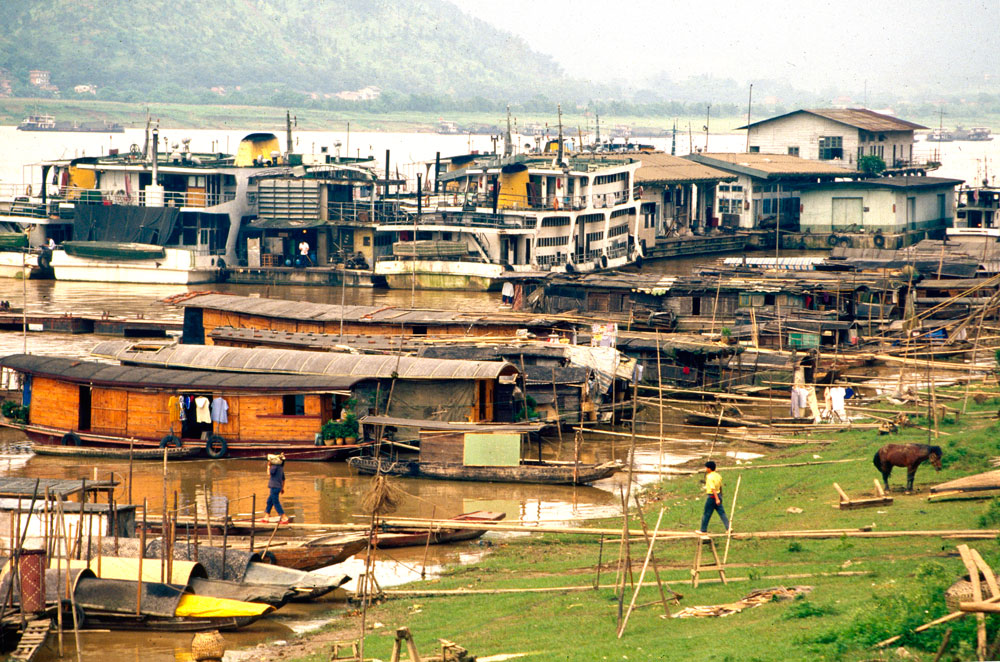 Before high-speed rail and extensive expressway construction, rivers were often a significant means of transportation. Stretching sometimes over a thousand kilometers inland, they carried passengers and freight to and from coastal cities.
Before high-speed rail and extensive expressway construction, rivers were often a significant means of transportation. Stretching sometimes over a thousand kilometers inland, they carried passengers and freight to and from coastal cities.
The West River (Xijiang), which flows into the South China Sea southwest of Guangzhou is part of a major corridor for traffic inland almost to Vietnam’s borders. Wuzhou, a bustling river town, is where the Gui (which connected with the Li River) flowed into the Xun River (West River’s name beyond Wuzhou) For centuries, the town has been an important water transport hub.
In the ’80s and ’90s, the town became familiar for Western backpackers, in particular. A boat to or from Wuzhou and bus to or from Yangshuo is how I traveled then.
The larger vessels were the passenger ferries connecting with Guangzhou. As for the smaller, wooden vessels, many were little fishing boats, local cross-river ferries, or houseboats.
There were no fixed quays for docking due to seasonal variations in water flow – larger vessels were tied up at floating pontoons.
Shenzhen, 1993
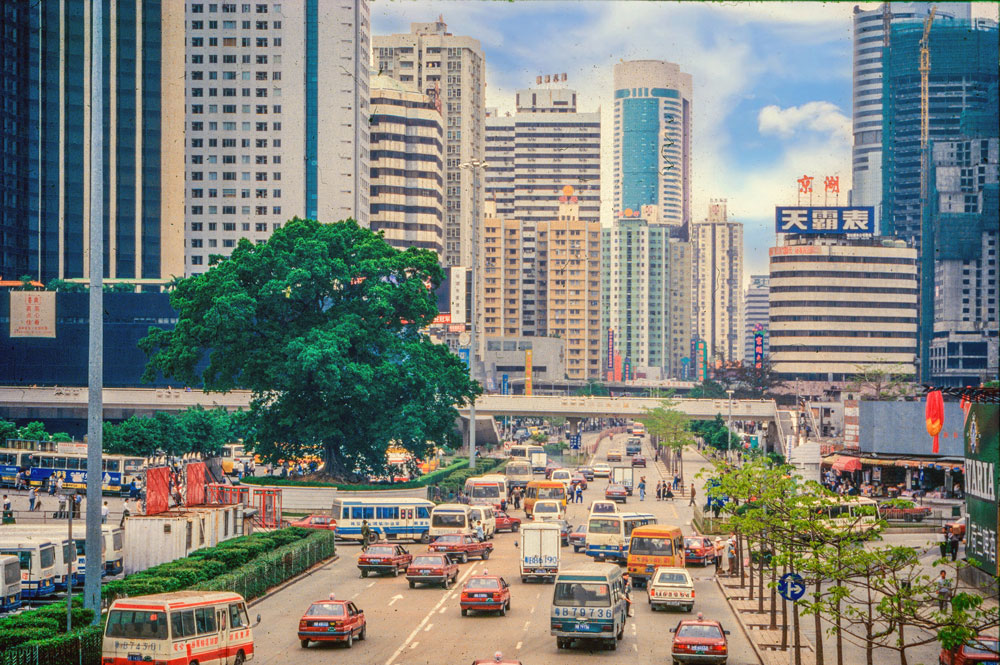 Until 1978, Shenzhen was a small fishing port and border crossing town to and from Hong Kong. After Deng Xiaoping started the policy of Reform and Opening Up, Shenzhen became a Special Economic Zone that developed a very close working relationship with Hong Kong.
Until 1978, Shenzhen was a small fishing port and border crossing town to and from Hong Kong. After Deng Xiaoping started the policy of Reform and Opening Up, Shenzhen became a Special Economic Zone that developed a very close working relationship with Hong Kong.
Viewing Shenzhen from the window of a through-train from Guangzhou to Kowloon in 1987, it was so different to anywhere else while traveling south through China. Shenzhen marked the start of how the country would change over the next 40 or more years from 1978.
This image is of the busy commercial downtown in 1993. Since then, the city has expanded massively, and today boasts some of the world’s tallest buildings.
Guangzhou, 1992
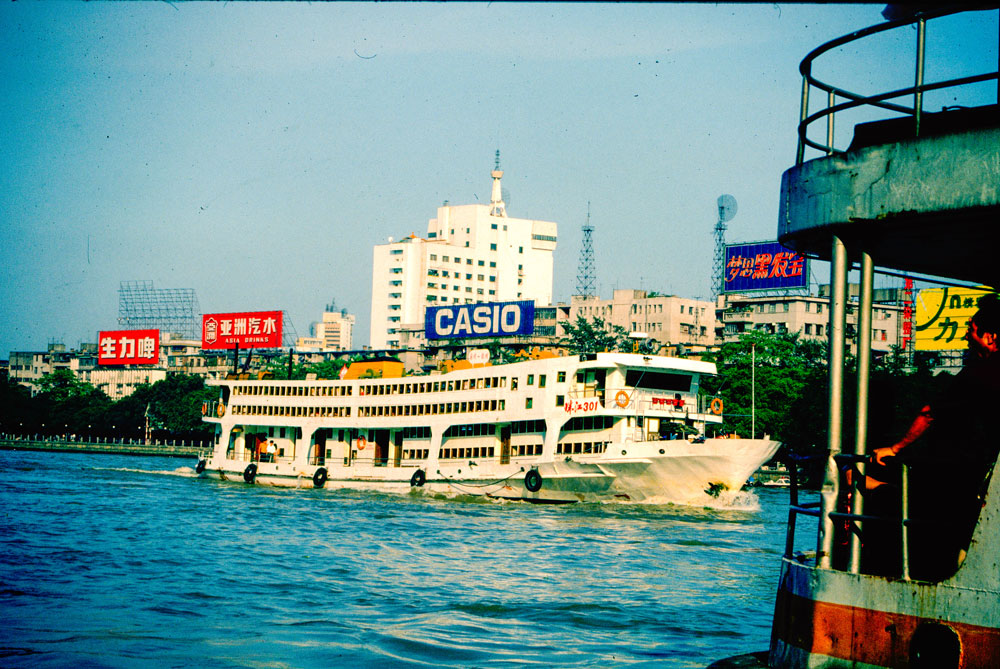 Guangzhou, historically also known as Canton, has for centuries been a major trading port in south China. It developed where a maze of waterways, such as the West River (Xijiang), converge as the Pearl River (Zhujiang) to discharge into the South China Sea between Hong Kong and Macao.
Guangzhou, historically also known as Canton, has for centuries been a major trading port in south China. It developed where a maze of waterways, such as the West River (Xijiang), converge as the Pearl River (Zhujiang) to discharge into the South China Sea between Hong Kong and Macao.
The city developed rapidly into the modern metropolis seen today after the implementation of Reform and Opening Up.
It was this vast river system that helped Guangzhou’s early growth. With so many water channels across the entire delta area, much travel was by boat – prior to the considerable infrastructure constructed over the last 25 years. Vessels such as this one would carry hundreds of passengers to towns and cities scattered across a vast geographic area. For many Western travelers, it was a novel way of reaching Wuzhou in Guangxi for onward bus travel to Yangshuo.
Liannan, July 1993
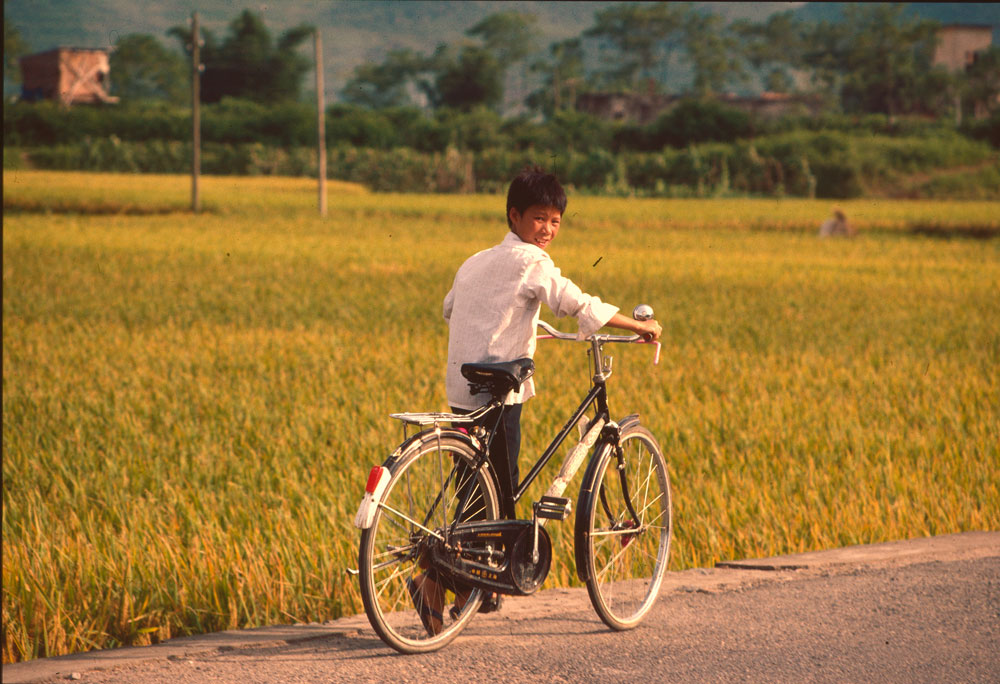 Hearing Guangdong, we tend to think of large cities, economic drive around the Greater Bay Area and so on. However, there is an alternative Guangdong, an area of incredible natural beauty, similar in ways to neighboring Guangxi. Liannan is in northern Guangdong, several hours by road from Guangzhou (no rail connections) – close to Guangxi and southern Hunan.
Hearing Guangdong, we tend to think of large cities, economic drive around the Greater Bay Area and so on. However, there is an alternative Guangdong, an area of incredible natural beauty, similar in ways to neighboring Guangxi. Liannan is in northern Guangdong, several hours by road from Guangzhou (no rail connections) – close to Guangxi and southern Hunan.
Compared to southern parts of the province, then it was not developed, incredibly scenic and indeed tranquil. An area that was a photographer’s dream.
I traveled up there in early July 1993 to spend a few days.
Much of my time, I would walk around town or through the surrounding countryside, always with my camera ready.
Westerners were rarely seen, and often greeted with amazed or simply curious expressions by locals. This young boy, pushing his bicycle, kept turning around, looking in my direction. I just had to capture that moment through the lens.

Known also as Liannan Yao Autonomous County, the area has numerous Yao villages nestled within a landscape of tall, often precipitous mountain peaks. The Yao people are found across several southern Chinese provinces, mostly within mountainous terrain.
In 1993, tourism was developing slowly so much remained in a natural, welcoming way.
This village of wooden or adobe buildings – spread around a pond – was accessed by a stone path up from the main road.
Welcomed by the village head, a customary dance performance was put on – a traditional matchmaking ceremony. It’s so hard to believe that this was in the same province as Guangzhou.
Suzhou, August 1996
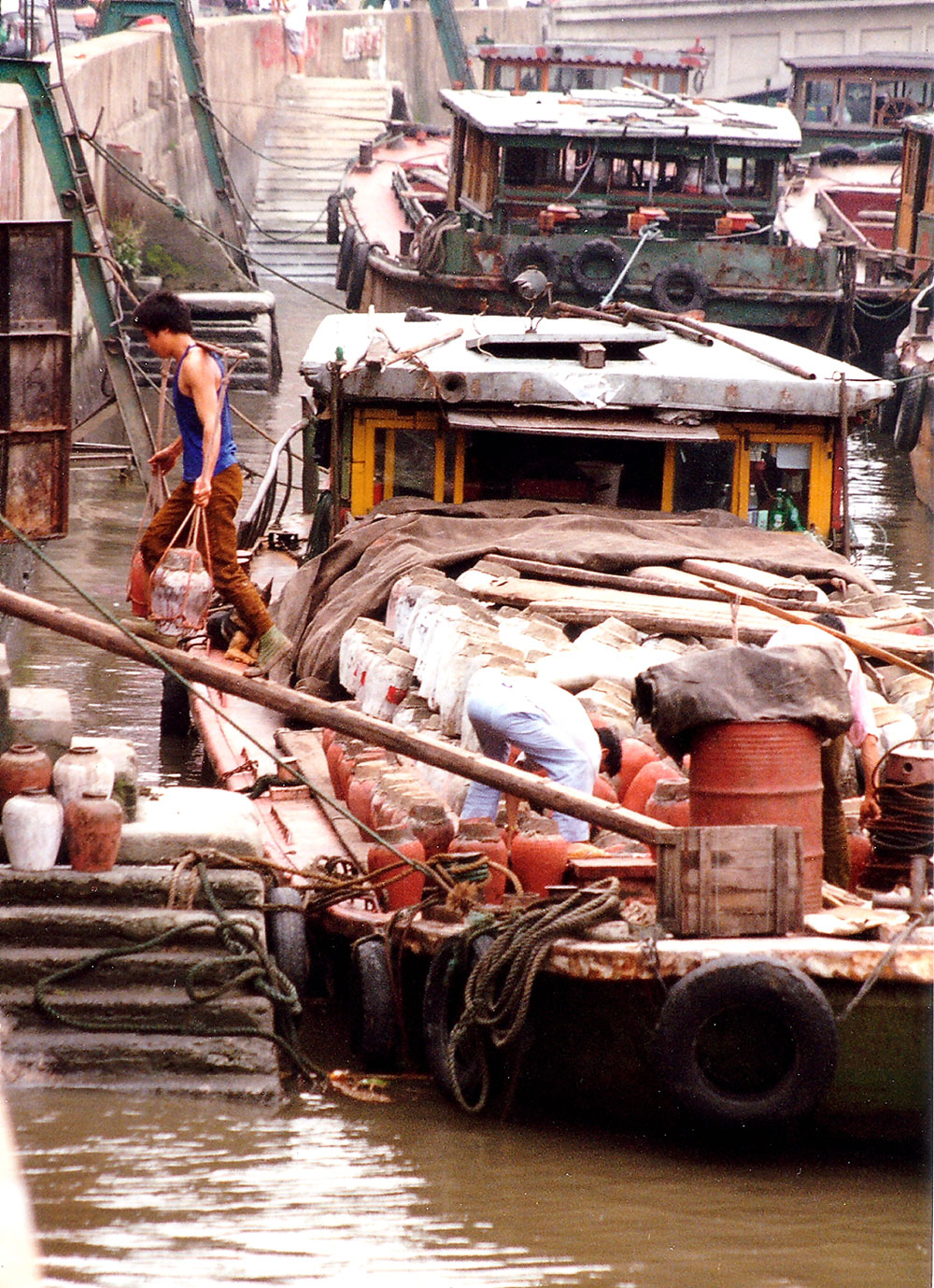
Traveling around the Lower Yangtze (Changjiang) in the summer of 1996, I took the train from Shanghai to Suzhou. At that time, the two cities were vastly different. Shanghai seemed to be in a building frenzy, while Suzhou‘s pace was much more relaxed and traditional, making for good photography.
With a long history as a walled, water town, Suzhou was where several canals met, connecting the large Taihu Lake with Shanghai, the grand canal, Nanjing and more.
The city’s waterways bustled with boat and barge traffic, mostly transporting cargo.
Suzhou provided some fascinating glimpses into another aspect of traditional, centuries-old life in China.

January 1993
This scene was typical of older parts of Suzhou at that time. Many buildings were two floors with the lower floor open for commercial purposes. The upper floor, mostly facades of red wood, were generally where people lived.
Shanghai, July 1996

Shanghai, a major port and commercial center on the Huangpu River near its confluence with the Yangtze, was instantly recognizable for its classical European architecture along the Bund. Today, the main skyline is in Pudong district, boasting some of the world’s tallest buildings.
In 1996, Pudong was mostly then low-rise, but development was happening. When this photograph was shot, the television tower was becoming a symbol of the new Shanghai. Opened in 1995, it rises 468 meters in total and, until 2007, was the tallest structure on the Chinese mainland.
Walking around that part of Pudong, many other towers were then in their early stages of construction.
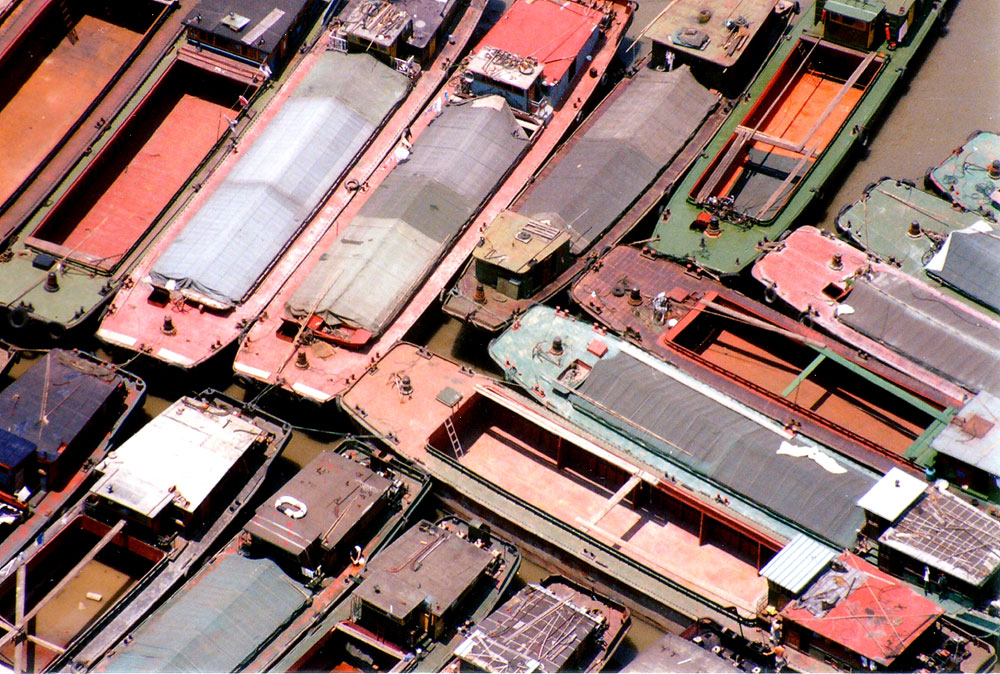 When I was last in Shanghai, this scene had disappeared. Suzhou Creek (Wusong River) in downtown Shanghai has been landscaped, and the former canal traffic is gone. It had connected Suzhou city with Shanghai, joining the Huangpu River close to the Garden bridge.
When I was last in Shanghai, this scene had disappeared. Suzhou Creek (Wusong River) in downtown Shanghai has been landscaped, and the former canal traffic is gone. It had connected Suzhou city with Shanghai, joining the Huangpu River close to the Garden bridge.
In 1996, waterways were still important for regional travel and freight movement in the area.
For more photos, follow Bruce Connolly on LinkedIn.
[Images via Bruce Connolly]







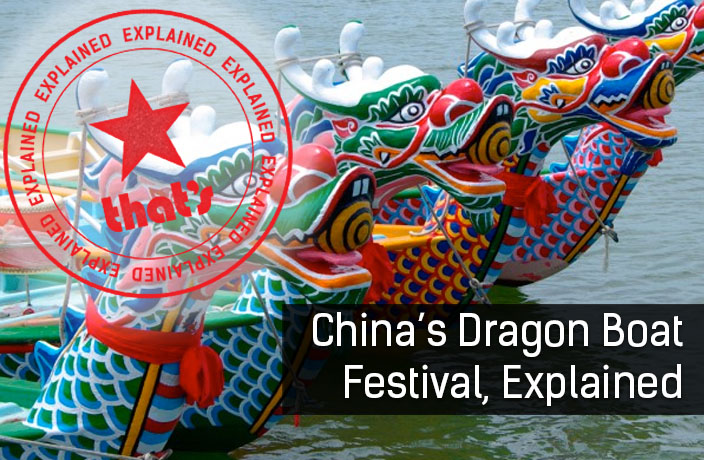














0 User Comments